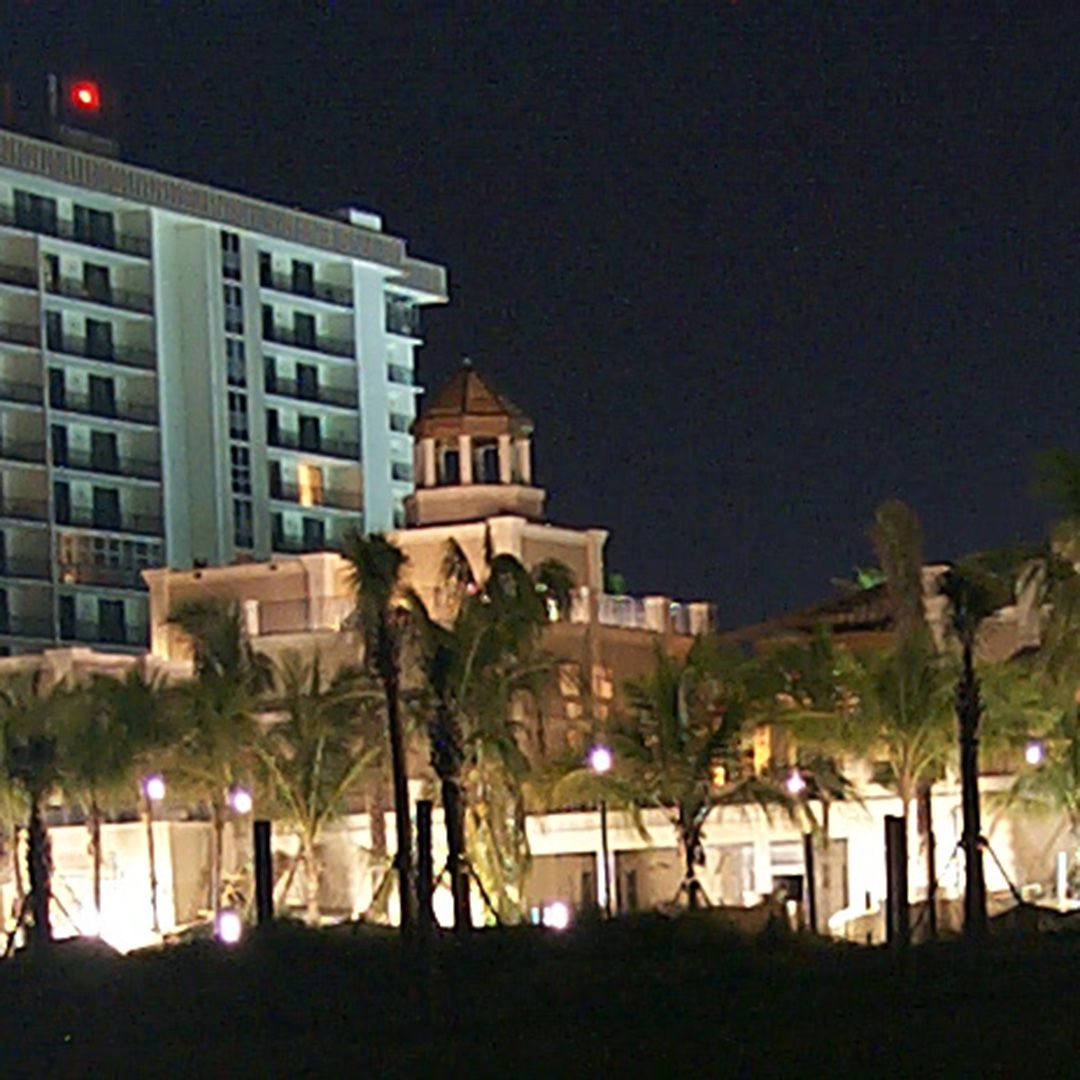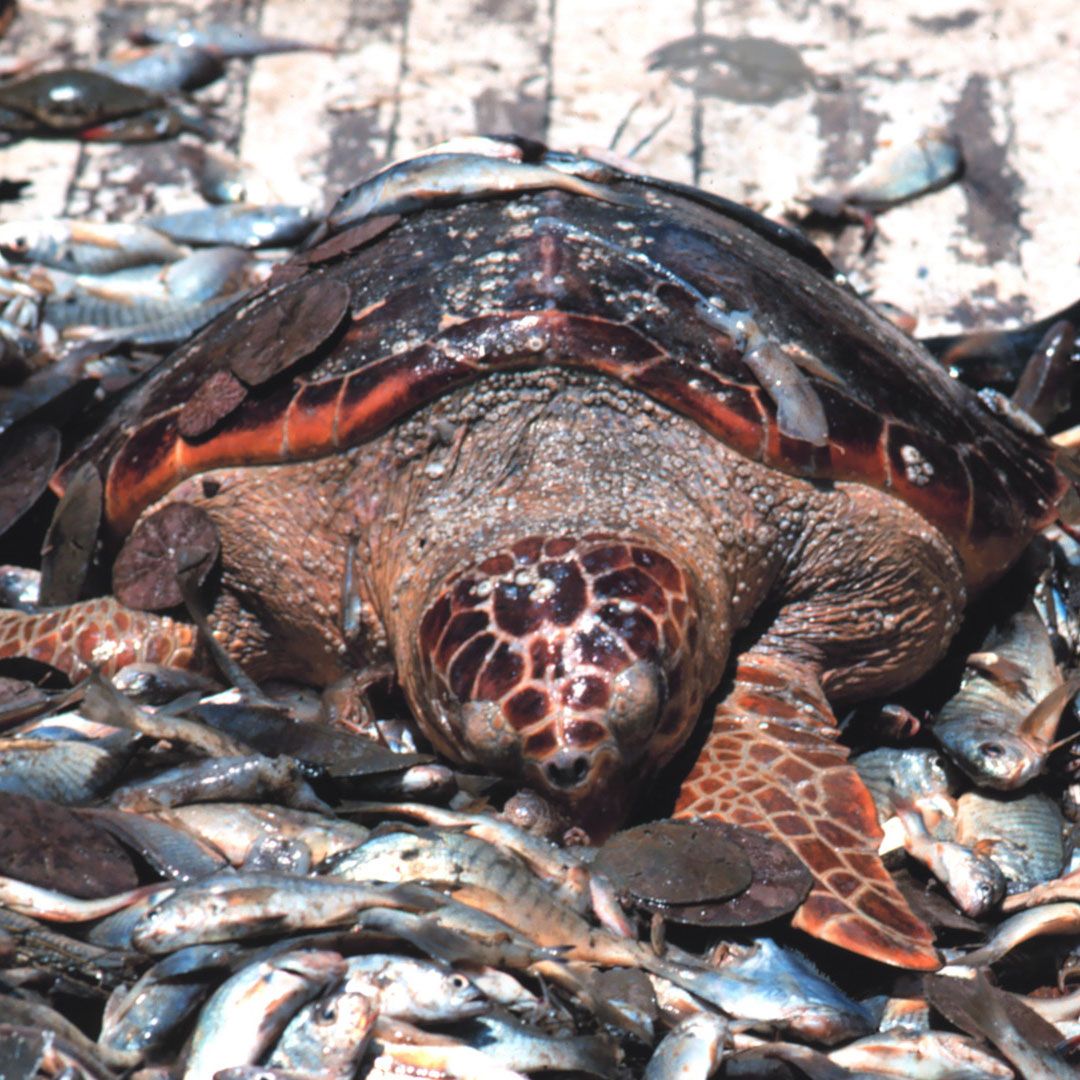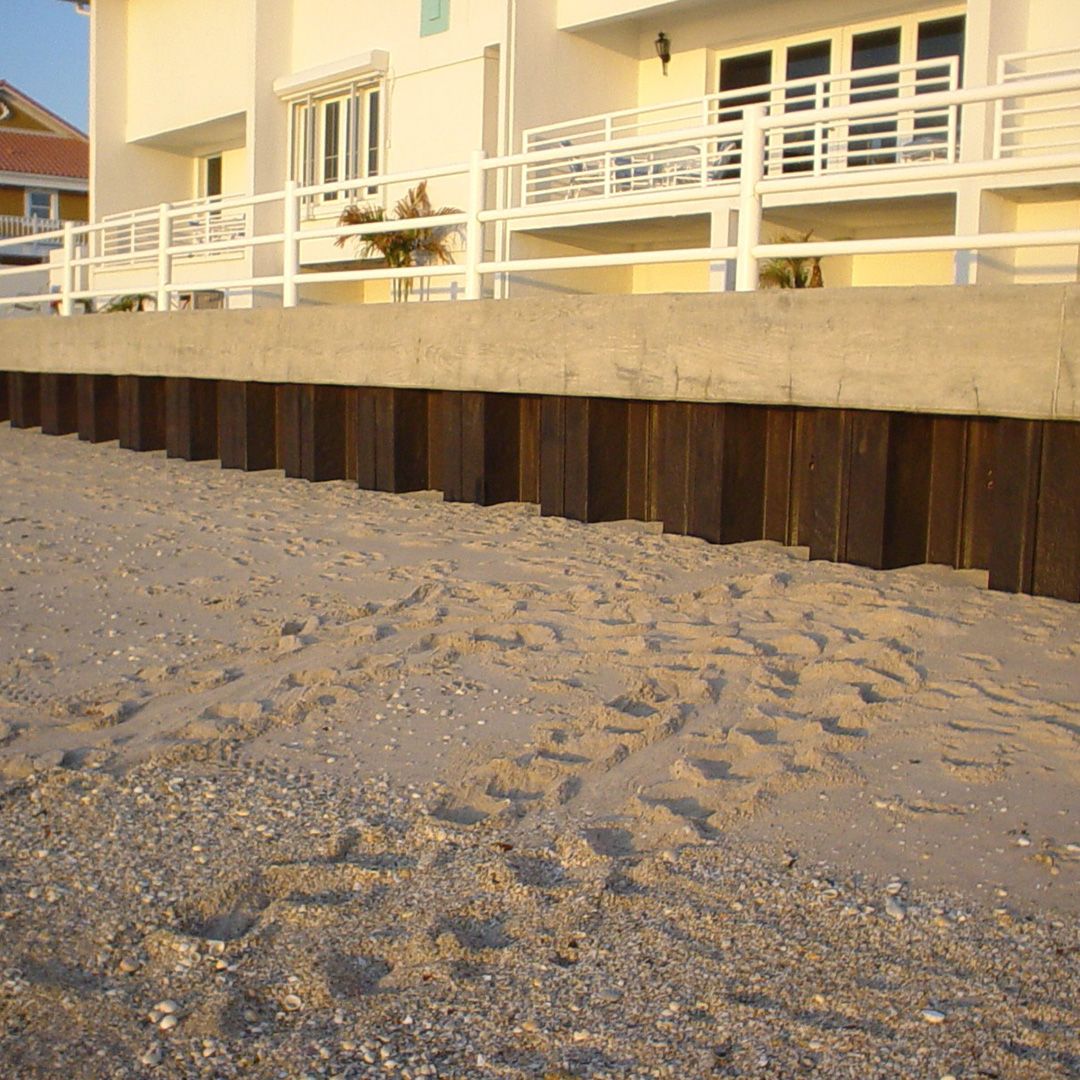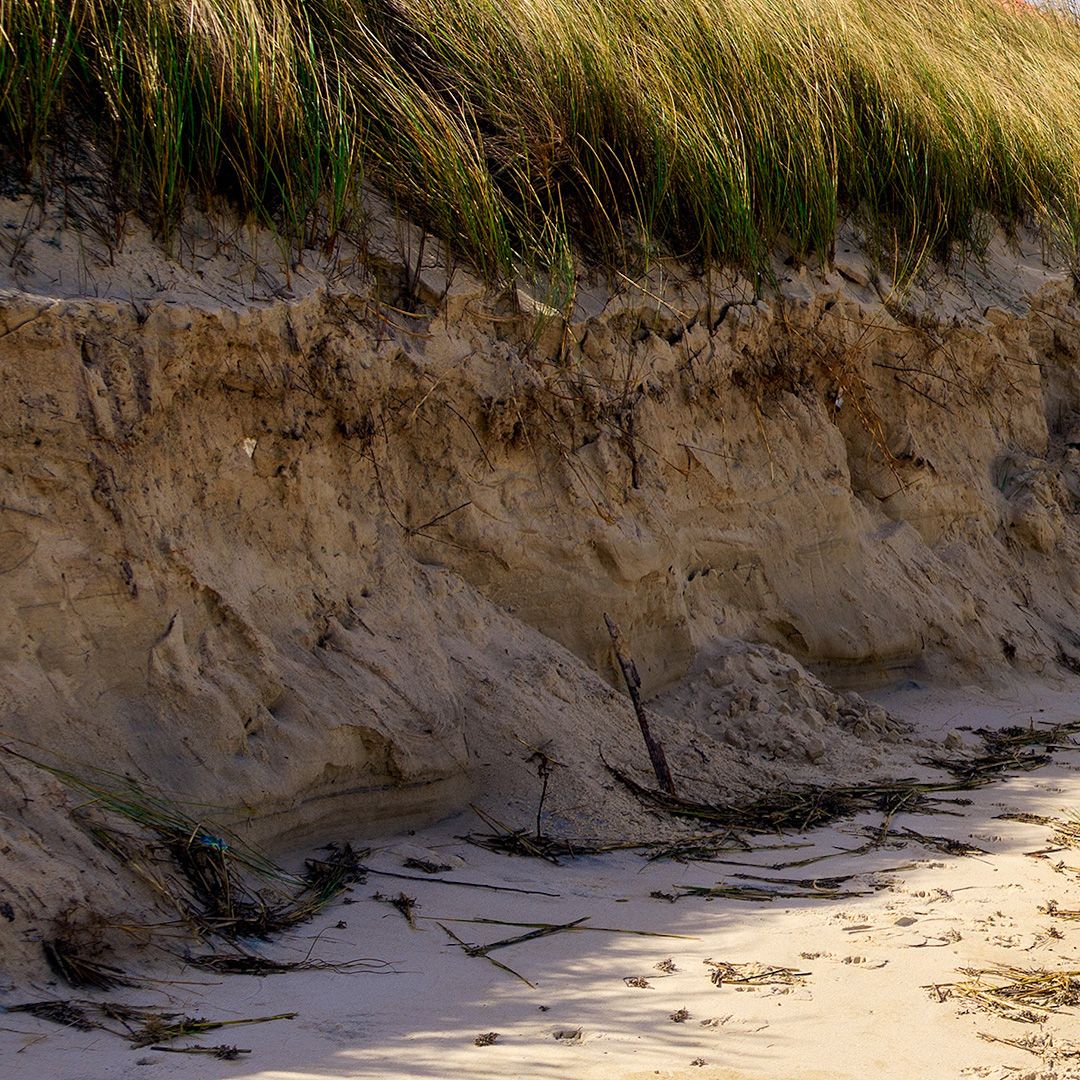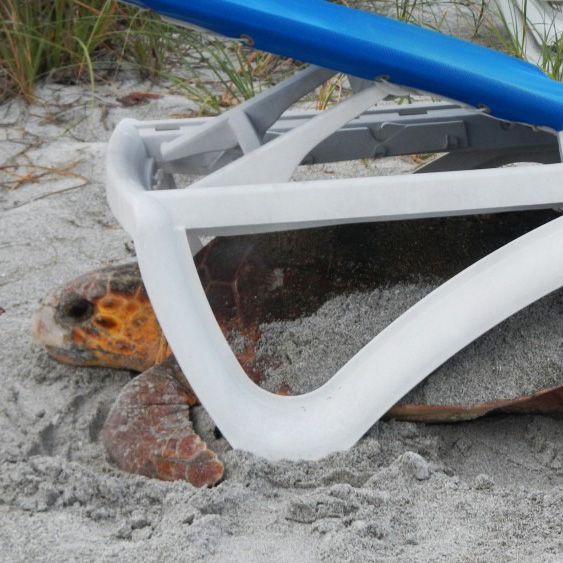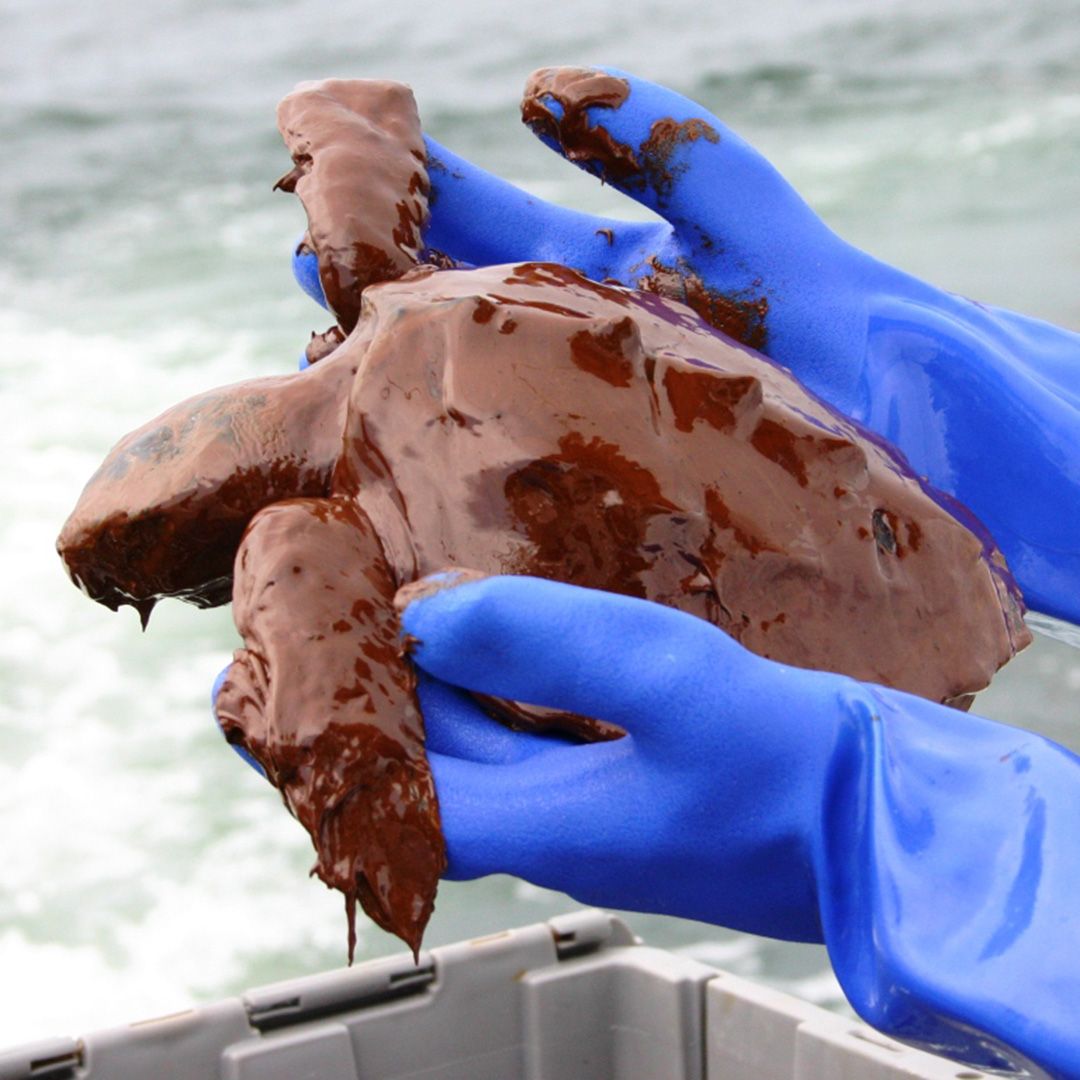Coastal Armoring
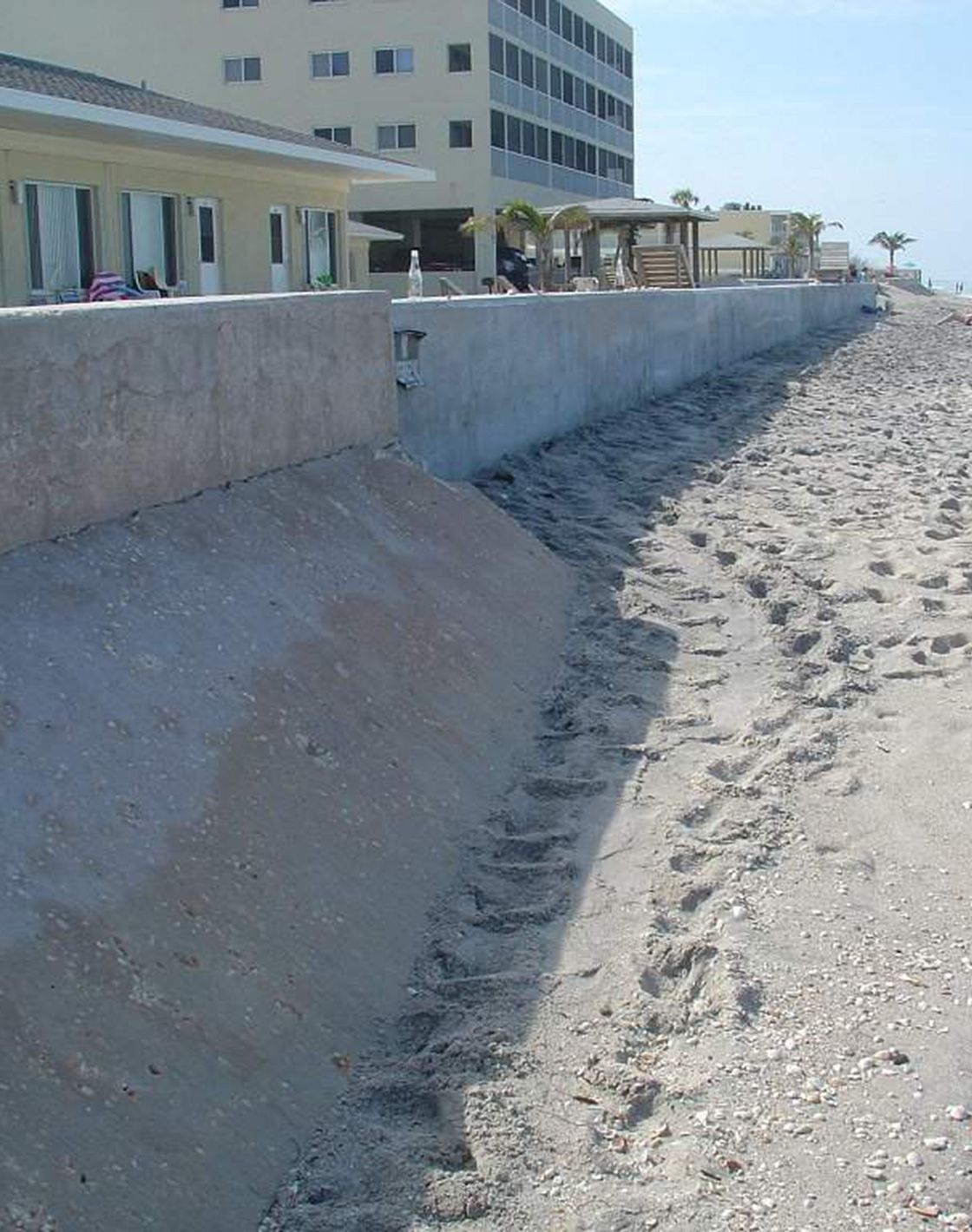
Sea Walls Get in the Way of the Natural Order
Sea turtle nesting beaches around the world have been substantially altered by urbanization and development. Coastal areas are considered prime real estate and many of the world’s beaches have been heavily developed. Coastal property owners along beaches threatened by erosion often build armoring structures such as vertical seawalls and sloping rock revetments to help protect their land from erosion. Coastal armoring can take many forms and be constructed from wood, steel, concrete and even hundred ton 1/4-mile long bags of sand known as geotube armoring.
Coastal armoring structures on, or adjacent to, nesting beaches can prevent sea turtles from continuing their life cycles. Sea walls directly threaten sea turtles by reducing or degrading suitable nesting habitat. They block turtles from reaching the upper portion of the beach, causing turtles to nest lower on the beach where their nests are more susceptible to waves and more likely to by covered with water. In addition, studies have shown that fewer turtles emerge onto beaches with seawalls than onto non-walled, natural beaches. Those turtles that do emerge in front of seawalls often return to the water without nesting, known as a false crawl. While sea turtles naturally false crawl on all nesting beaches, the rate of false crawls is generally significantly higher in front of sea walls.
Taking a Closer Look
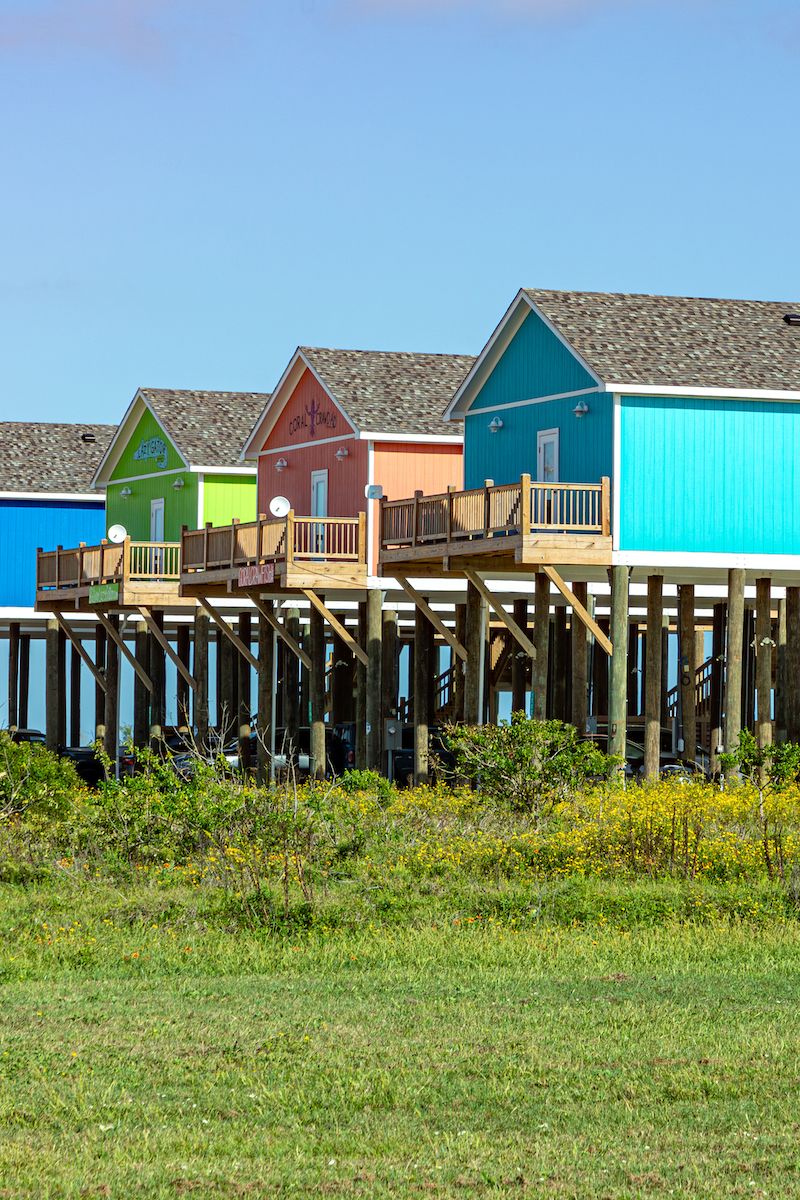
Armoring As a Last Resort
Beachfront armoring should only be used as a last resort to protect upland structures. Sand placement (dune or beach restoration), elevating structures on pilings, and building farther landward can help alleviate the need for sea walls. When sea walls are constructed they should be located as far landward and off the active nesting beach as possible.
Tips & Resources
Don’t build armoring structures on the beach
While armoring structures may provide short-term protection against beach erosion, they are often not a sustainable or environmentally friendly solution. The long-term consequences of building on the beach include disrupting natural coastal processes, causing habitat loss, and potentially worsening erosion in surrounding areas.
Locate homes as far landward on a coastal lot as possible
This is an essential step in reducing the risks associated with coastal hazards such as erosion, storm surges, flooding, and rising sea levels. It promotes safety, protects valuable ecosystems, reduces environmental impact, and ensures long-term resilience for both residents and infrastructure. Additionally, it helps communities adapt to the challenges posed by climate change, creating a sustainable and secure future for those living in coastal areas.
Promote coastal construction set-back policies
Current regulatory policies must change if there is any hope of saving natural beaches. These changes cannot take place the public’s help.
Help restore and protect dunes by not trampling on them and by planting native vegetation
Healthy dunes are one of the best natural ways to protect beaches from eroding during storms. Sea Turtle Conservancy regularly hosts dune-planting events in the Archie Carr Refuge to help replenish the habitat.


